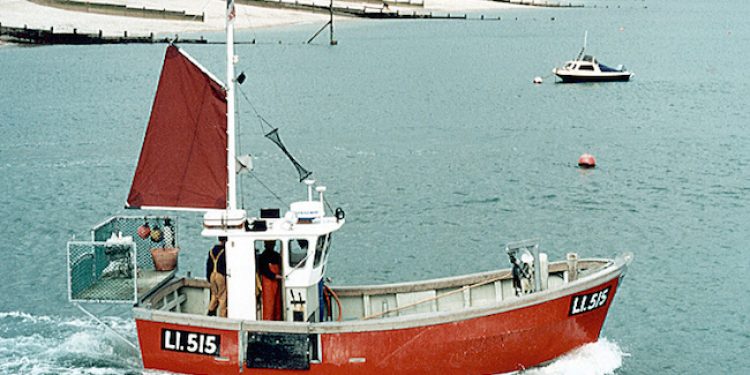The NFFO expects that Brexit will dominate its for the foreseeable future, but says that until the shape of the post-Brexit world is clear, the UK will still be subject to the current management rules, most of which are applied or shaped by the CFP.
According to an NFFP statement, this means that the December Council and associated negotiations will remain a significant determinant of the wellbeing of the UK industry in 2017 and 2018.
‘Likewise, the process of establishing European and domestic MPAS, some of which carry big implications for the fishermen who derive their living in them, will continue. Then there are the big, set-piece EU regulations that are coming our way, notably the continued roll-out of the landings obligation/discard ban; the new EU technical conservation regulation and the multi-annual plans for the North Sea and North Western Waters,’ an NFFO spokesman said.
‘The cumbersome EU co-decision process is uniquely badly designed to deliver effective and workable fisheries management, especially in the areas of mesh size, twine thickness etc. 765 people with no detailed understanding of the issues. So it is something of a relief that in future, under Brexit, technical measures, will be devolved down to a more sensible level.’
‘Indeed, even under the CFP, moves were already afoot to delegate much of the detailed decision-making on technical measures to the regional-seas groupings of member states. However, there is always the worry that lobbying to retain central control could derail at least parts of the proposal as it passes through the EU Parliament. Beyond this, however, the UK even after Brexit, will continue to have an interest in the gears that are being used in all of the sea areas in which we have an interest. For all these reasons it will be important for us to keep an eye on this portfolio.’
The NFFO states that it is difficult to see how the Commission’s proposals for multi-annual management plans in the North Sea and Western waters can now proceed, as approximately half of the waters they were designed to cover would be removed from EU control (and therefore the jurisdiction of the plans) post-Brexit.
‘This would seem to be one policy in which it would make sense to put on ice until the shape of the post-Brexit regime is clear. There may be parts of the proposals relating to the management of mixed fisheries that the UK/EU/Norway might want to pick up in bilateral or trilateral arrangements later but there doesn’t seem to be much mileage in pretending that the Brexit vote didn’t happen.’
‘We have now had the various briefings and with one or two rare exceptions, ICES scientists have confirmed the continuation of the stock positive trends right across the North East Atlantic fisheries including the North Sea. Biomasses are increasing, some dramatically and fishing pressure (mortality) is continuing to fall, or is already had levels consistent with high yields. It is both ironic and frustrating therefore that the outlook for TACs in 2017 is not good – with some eye-watering reductions proposed.’
‘The reason is that the Commission feels obliged to make its proposals in relation to achieving MSY in 2017 although from a mixed fishery management point of view a slightly longer timeframe might make sense. It is left to the Council of Ministers to take into account the mixed fishery aspects, assess which choices will contribute to reducing discards and balance rebuilding stocks and socio-economic consequences.’
The NFFO states that all this underlines why it will be important for the NFFO again to be active in the run up to the December Council.
‘In short, whist our focus now must be on the shape of a post-Brexit management regime, it is important not to lose sight of the immediate bread and butter issues.’









